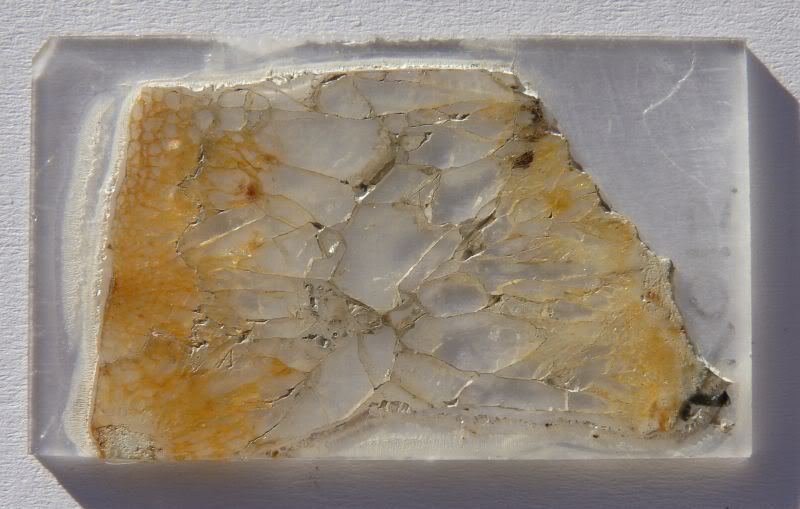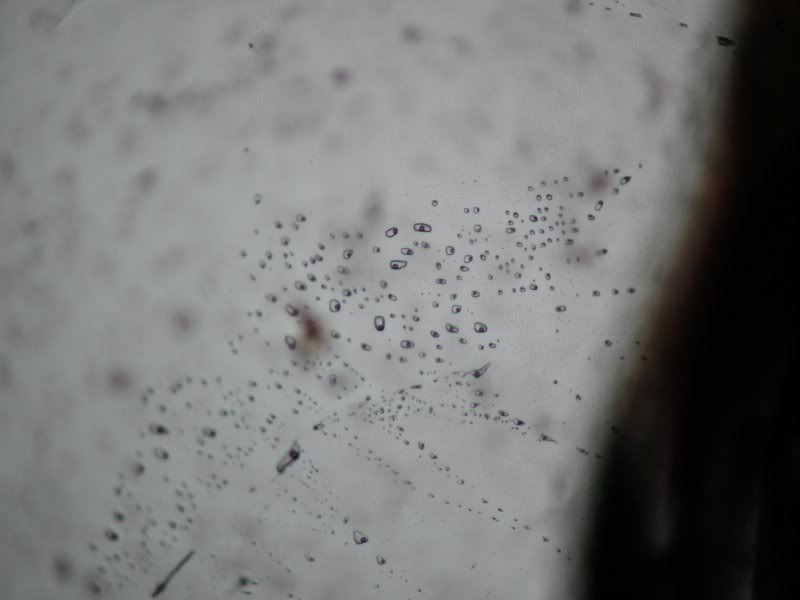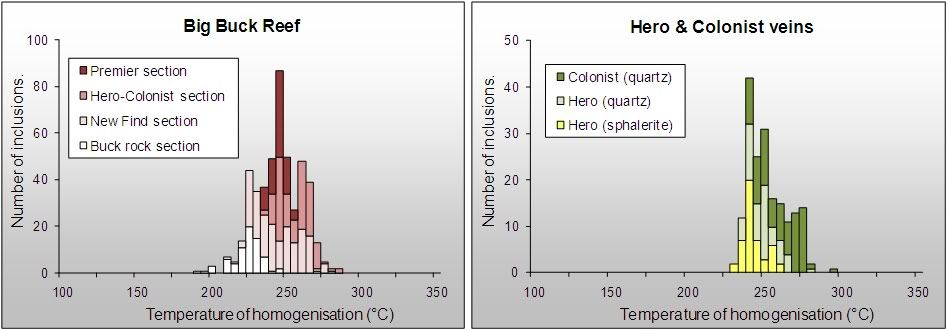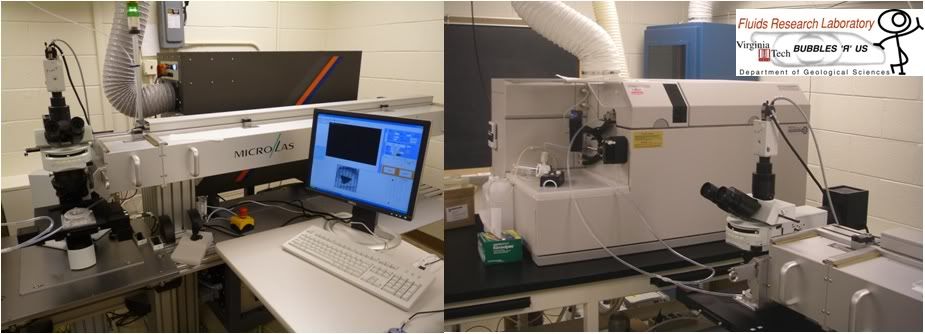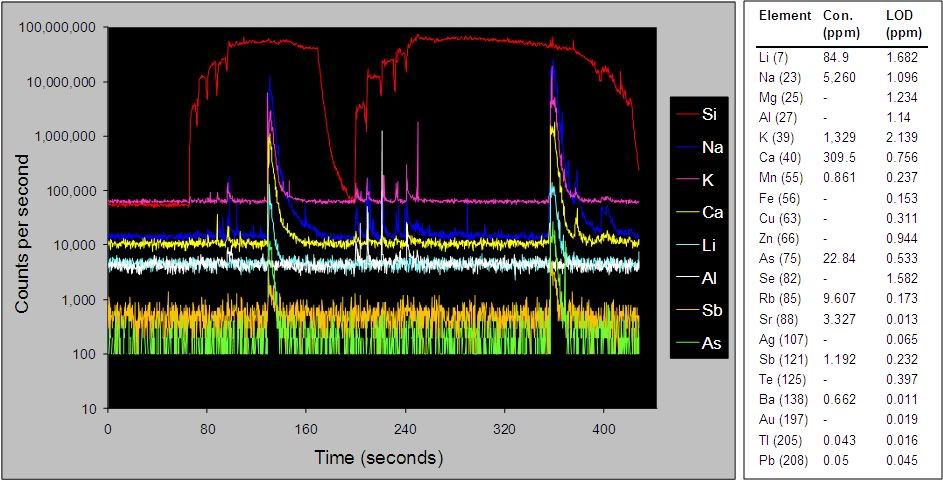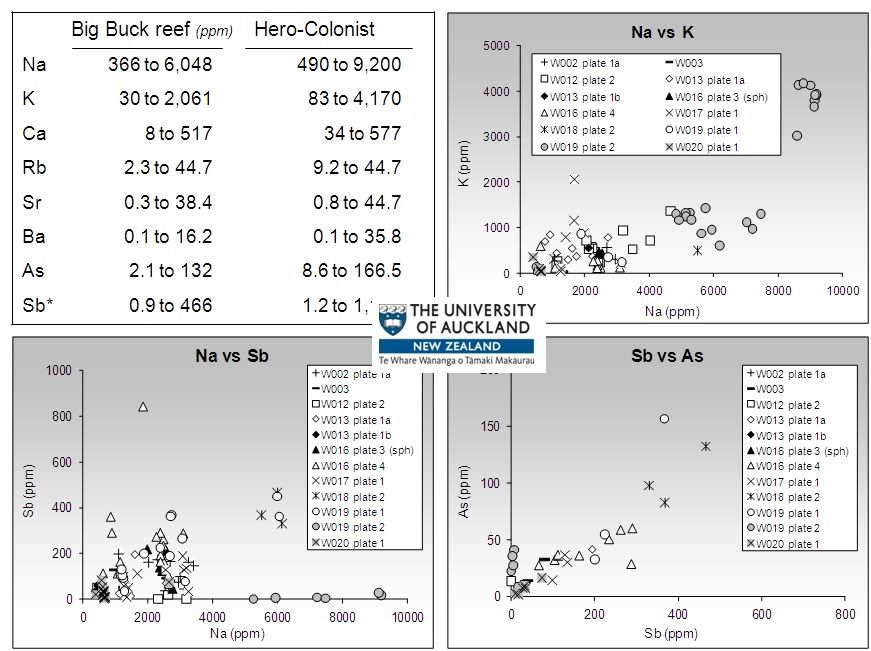New Zealand Gold Prospecting & Metal Detecting Forums Archive
The forum has moved to community.paydirt.co.nz, see you there!
This forum is now an archive to preserve the knowledge and finds posted here.
Old Paydirt Forum Archive
»
Gold Prospecting, Fossicking and Mining
»
People, Clubs, Trips and Meet-ups
»
Greeting
| MPS goldhunter |
Posted
:
Saturday, 25 June 2011 11:01:56 AM(UTC)
|
||
|
Rank: Gold Dust Groups: Registered
Joined: 13/06/2011(UTC) Posts: 8 Location: Auckland Was thanked: 4 time(s) in 2 post(s)
|
|||

|
|||
| Eagle |
Posted
:
Saturday, 25 June 2011 2:28:30 PM(UTC)
|
||

|
|||
| Lammerlaw |
Posted
:
Saturday, 25 June 2011 3:20:40 PM(UTC)
|
||
|
Rank: Gold Ingot Groups: Registered
Joined: 24/05/2011(UTC) Posts: 1,721 Thanks: 72 times
Was thanked: 579 time(s) in 396 post(s) |
|||

|
|||
| MPS goldhunter |
Posted
:
Monday, 27 June 2011 4:09:07 PM(UTC)
|
||
|
Rank: Gold Dust Groups: Registered
Joined: 13/06/2011(UTC) Posts: 8 Location: Auckland Was thanked: 4 time(s) in 2 post(s)
|
|||

|
|||
| MPS goldhunter |
Posted
:
Tuesday, 28 June 2011 4:27:49 PM(UTC)
|
||
|
Rank: Gold Dust Groups: Registered
Joined: 13/06/2011(UTC) Posts: 8 Location: Auckland Was thanked: 4 time(s) in 2 post(s)
|
|||

|
|||
| Lammerlaw |
Posted
:
Tuesday, 28 June 2011 5:06:56 PM(UTC)
|
||
|
Rank: Gold Ingot Groups: Registered
Joined: 24/05/2011(UTC) Posts: 1,721 Thanks: 72 times
Was thanked: 579 time(s) in 396 post(s) |
|||

|
|||
| kiwijw |
Posted
:
Tuesday, 28 June 2011 5:09:10 PM(UTC)
|
||
 Rank: Gold Ingot Groups: Registered
Joined: 28/03/2010(UTC) Posts: 1,152 Thanks: 92 times
Was thanked: 658 time(s) in 324 post(s) |
|||

|
|||


